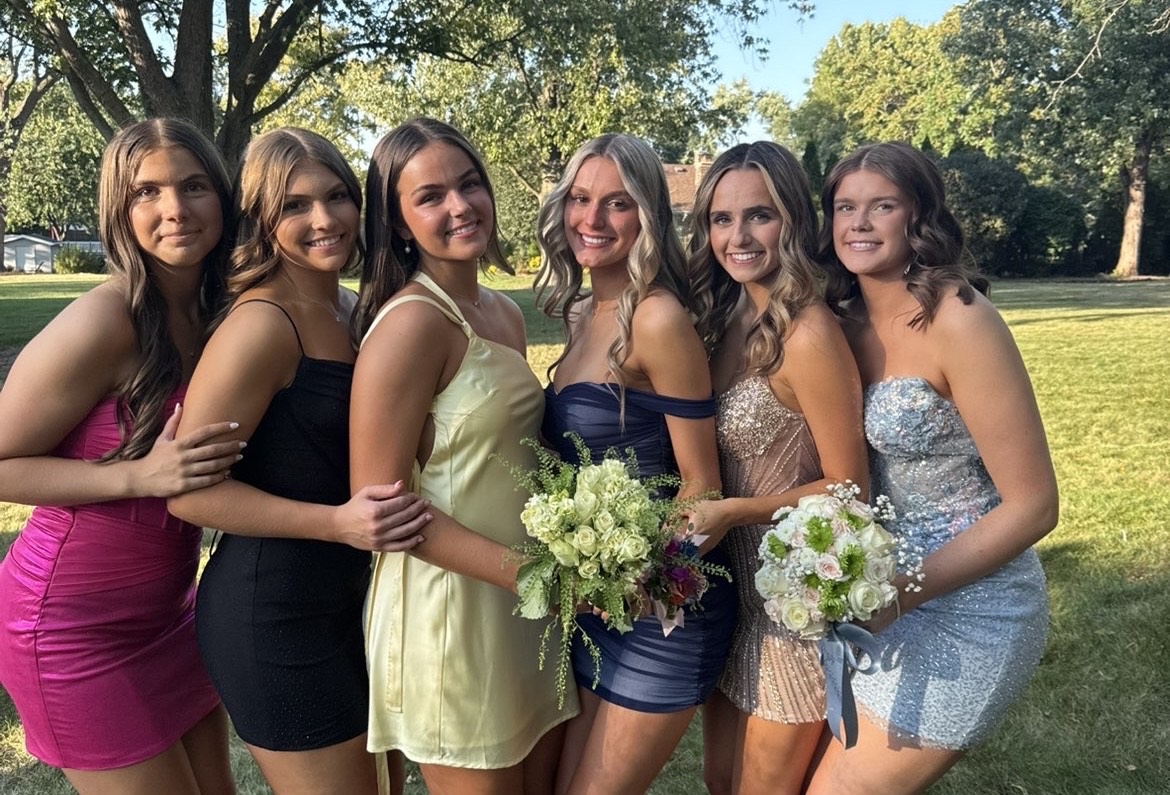Netflix’s quirky original quickly pleases audience
This series is not an unfortunate watch
January 24, 2017
Netflix never fails to amaze its audience with original show after original show, their most recent release being “A Series of Unfortunate Events.” Based on the novels written by Daniel Handler under the infamous nom de plume ‘Lemony Snicket,’ the first season of the show has only eight episodes that are based on the first four books in the series: The Bad Beginning, The Reptile Room, The Wide Window, and The Miserable Mill. There are, however, 13 books in the series, implying that more seasons will be made in the future. The episodes range from about forty minutes to over an hour and are filled with dark humor, hidden wit, and popular allusions to accompany the dismal setting.
The first two episodes, “The Bad Beginning Pt. 1, Pt. 2,” cover the first novel of the series and the entirely same plot as the movie released in 2004. The three main characters, Violet, Klaus, and Sunny Baudelaire (played by Malina Weissman, Louis Hynes, and Presley Smith), become orphans after their parents and mansion perish in a devastating fire.
Under the narration of Lemony Snicket (Patrick Warburton), the orphans are then placed under the care of Mr. Poe (K. Todd Freeman) who is a bank representative in charge of finding the children – and their accompanying massive fortune – a new guardian.
After a series of scams, the children are placed with Count Olaf (Neil Patrick Harris) who is neither related to them nor interested in actually caring for them; he is solely in this plot for a shot at the Baudelaire fortune. At the Count’s estate, the children are forced to cook, clean, and sleep in one bed while constantly being berated by Count Olaf and his rowdy theater friends. By using their special skills – Violet’s inventions, Klaus’s knowledge, and Baby Sunny’s powerful teeth – the children are able to escape the evil ploy of Count Olaf time after time.
In the following pairs of episodes, the children are sent relentlessly to new relatives and end up being followed by Count Olaf, his henchmen, and his mysterious eye tattoo: a logo that continuously pops up throughout the series. After each pairing of family members fails, a new guardian is needed (if you catch my drift) and the children are put into a new, unordinary situation with the threat of Count Olaf’s return constantly hanging over them.
Being a big fan of Neil Patrick Harris, his rendition of Count Olaf is incredible. His long and lean body provide the perfect combination for Olaf’s quirky movements and odd facial expressions. (He just looks a bit odd with a plastered nose and facial hair because I am so used to seeing him in How I Met Your Mother, which I am also a big fan of). Additionally, he sings the theme song – which gets a bit tiring after an episode or two because it is over a minute long – and incorporates his own musical flare throughout the show, giving it a unique and interesting combination; songs don’t normally fit in so well with a depressing storyline as they do here.
Justice Strauss, Count Olaf’s neighbor, is played by Joan Cusack who is known for an array of roles such as the voice of Jessie in Toy Story and Sheila in Shameless. As previously mentioned, the looming narrator is played by Patrick Warburton who is popular and well known. from being on Seinfeld and voicing Kronk in Disney’s The Emperor’s New Groove. Beloved actors Will Arnett and Cobie Smulders (Robin Scherbatsky on How I Met Your Mother) also make minor appearances in each episode as ‘Father’ and ‘Mother’ (whose father and mother, I cannot say).
The entire ambiance of the show had an unmistakable Wes Anderson feel to it (the Wes presence was so strong that I had to look it up and make sure that he wasn’t the director; there were actually three different directors and Wes was not a single one of them). The narration, stark contrast between scenery, and quirky characters with unrealistic escapades along with quick jump cuts all screamed Wes Anderson, which was a familiar and beloved feeling. If the directors were going for this look, then they succeeded. The children and their bright clothes are a distinctly juxtaposed with Count Olaf’s dirty house and untidy appearance (unibrow and all) in the first few episodes and remain contrasting in the rest of the varying scenery.
There is, however, an underlying mystery that is hinted at in each episode that even the bright Baudelaires can’t figure out. It leaves the audience on the edge of their seats towards the end of each episode, only to have the mystery built upon as no questions are ever answered and more questions are asked.
This show is easily ‘binge-able’ (I did it in a day and a half) and is full of secrets and dramatic irony, leaving the audience guessing and then second guessing when the unexpected happens instead. The show is certainly not afraid to mess with emotions and is merciless when it comes to character deaths. Although is has only been out since Jan. 13th, it already has an average IMDb score of 8.3/10, which is very high for a new show. If dark humor and secret societies are intriguing, then definitely check out Netflix’s new hit.






